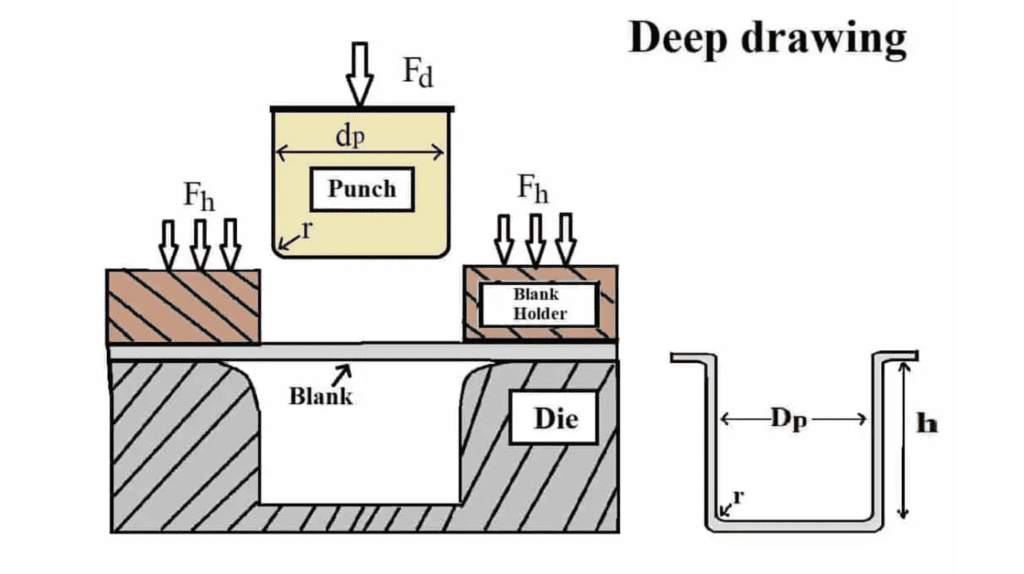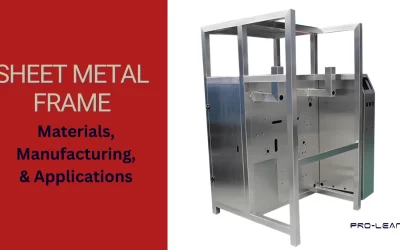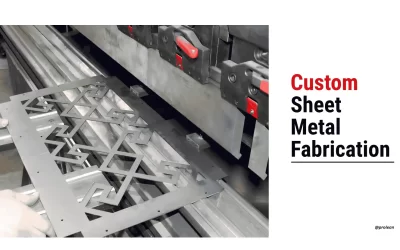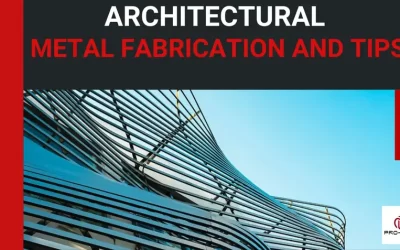
Sheet metal drawing is the process of shaping flat metal sheets into three-dimensional objects by stretching, bending, and forming them into desired shapes. It is an essential aspect of manufacturing in various industries, such as automotive, aerospace, construction, and consumer products. The ability to create accurate and detailed sheet metal drawings can significantly impact the quality, efficiency, and cost-effectiveness of a project.
This article will delve into the basics of deep draw sheet metal processes, the importance of accurate sheet metal drawings, factors affecting deep drawing sheet metal success, tips for optimizing your metal drawing process, and relevant software tools.
Basics of Deep-draw Sheet Metal Process

Deep drawing is a specific type of sheet metal drawing process that involves forming a flat metal sheet into a deep, three-dimensional shape. The process begins with the cutting of a metal sheet into a blank, which is then placed over a die cavity. A punch presses down on the blank, forcing it into the die cavity and causing the sheet metal to stretch and form the desired shape.
A key aspect of deep-draw sheet metal processes is the balance between material properties, die design, and forming forces. To achieve a successful deep draw, it is crucial to consider factors such as material thickness, ductility, and friction between the sheet metal and the die. Proper lubrication and control of drawing forces are also essential to prevent the defects in deep-drawing processes, such as wrinkling or tearing of the material.
The deep draw sheet metal process is used to create a wide range of products, from simple cylindrical shapes to more complex geometries. Applications of sheet metal drawing include automotive parts, aerospace components, beverage cans, and household appliances.
Importance of Accurate Sheet Metal Drawings
Accurate sheet metal drawings are vital for ensuring the success of any metal drawing project. They serve as the blueprint for the entire manufacturing process, providing detailed information about the design, dimensions, tolerances, and material specifications. Accurate drawings can significantly impact the quality, efficiency, and cost-effectiveness of a project by:
- Reducing errors and rework: A well-documented and precise drawing can help minimize mistakes during the manufacturing process, leading to fewer iterations and reduced costs.
- Enhancing communication: Detailed sheet metal drawings facilitate clear communication between designers, engineers, and manufacturers, ensuring that all parties have a thorough understanding of the project requirements.
- Improving manufacturability: Accurate drawings can help identify potential manufacturing issues early in the design process, enabling designers to make adjustments and improve the overall manufacturability of the final product.
- Ensuring compliance with industry standards: Proper documentation and adherence to relevant industry standards can help ensure that the final product meets the necessary quality and safety requirements.
Factors Affecting Deep-drawing Sheet Metal Success
Several factors can impact the success of deep drawing sheet metal processes. Understanding and controlling these factors can help improve the efficiency and quality of the final product.
| Factor | Description |
|---|---|
| Material properties | The ductility and thickness of the sheet metal can significantly affect the deep drawing process. Materials with high ductility and an appropriate thickness can be more easily formed without defects. |
| Die design | A well-designed die is essential for achieving a successful deep draw. Factors to consider when designing a die include the shape and size of the cavity, the clearance between the punch and die, and the effective use of blank holders. |
| Lubrication | Proper lubrication is crucial for reducing friction between the sheet metal and the die, which can help prevent defects such as tearing or wrinkling. Selecting the right lubricant and applying it evenly across the metal surface can enhance the deep drawing process. |
| Drawing speed | The speed at which the punch presses down on the metal blank can impact the final product’s quality. A slower drawing speed can help reduce the risk of defects but may also increase production time. |
Try Prolean Now!
Material Selection for Deep-drawing
Selecting the appropriate material for deep drawing is crucial to the success of the process. Materials with high ductility and an appropriate thickness are more easily formed and less likely to exhibit defects during the deep drawing process. Commonly used materials for deep drawing include:
| Material | Characteristics | Common Applications |
|---|---|---|
| Steel | High strength and ductility | Automotive parts, household appliances, aerospace components |
| Aluminum | Lightweight, corrosion-resistant, good formability | Beverage cans, automotive parts, household appliances |
| Copper | Excellent ductility and conductivity | Electrical components, plumbing fixtures, decorative objects |
| Titanium | Strong, lightweight, corrosion-resistant | Aerospace components, medical implants, sporting goods |
Tips for Optimizing Your Metal-drawing Process
To optimize your metal drawing process, consider the following tips:
- Analyze and understand the specific requirements of your project, such as material properties, tolerances, and desired geometries.
- Select the appropriate material for your deep drawing process, considering factors such as ductility, thickness, and formability.
- Design your die carefully, accounting for factors such as cavity shape and size, punch-to-die clearance, and the use of blank holders.
- Ensure proper lubrication between the sheet metal and die to minimize friction and prevent defects.
- Adjust the drawing speed to balance the risk of defects with production time.
- Utilize software tools for creating sheet metal drawings to improve accuracy and efficiency.
- Consider outsourcing sheet metal drawing services to experienced professionals if you lack the necessary expertise or resources.
Conclusion
Optimizing your metal drawing process is essential for ensuring the quality, efficiency, and cost-effectiveness of your projects. By understanding the basics of deep draw sheet metal processes, the importance of accurate sheet metal drawings, factors affecting deep drawing sheet metal success, and tips for optimizing your metal drawing process, you can improve the overall efficiency and quality of your final products.
Furthermore, utilizing software tools and outsourcing sheet metal drawing services from expert manufacturers like Prolean can enhance your metal drawing capabilities and help you stay ahead in today’s competitive market. Contact us Today!
FAQ’s
What is sheet metal drawing?
Sheet metal drawing is the process of shaping flat metal sheets into three-dimensional objects by stretching, bending, and forming them into desired shapes. It is an essential aspect of manufacturing in various industries, such as automotive, aerospace, construction, and consumer products.
What is deep drawing?
Deep drawing is a specific type of sheet metal drawing process that involves forming a flat metal sheet into a deep, three-dimensional shape. The process begins with the cutting of a metal sheet into a blank, which is then placed over a die cavity. A punch presses down on the blank, forcing it into the die cavity and causing the sheet metal to stretch and form the desired shape.
Why are accurate sheet metal drawings important?
Accurate sheet metal drawings are vital for ensuring the success of any metal drawing project. They serve as the blueprint for the entire manufacturing process, providing detailed information about the design, dimensions, tolerances, and material specifications. Accurate drawings can significantly impact the quality, efficiency, and cost-effectiveness of a project by reducing errors and rework, enhancing communication, improving manufacturability, and ensuring compliance with industry standards.
How can I optimize my metal drawing process?
Optimizing your metal drawing process can be achieved by analyzing and understanding the project’s specific requirements, selecting the appropriate material, designing an optimized die, ensuring proper lubrication, controlling drawing speed, utilizing software tools for creating sheet metal drawings, and considering outsourcing sheet metal drawing services if necessary.




I found the ProLean article on sheet metal drawing very insightful. It seems like a crucial process for many industries. How customizable are the services ProLean offers for specific industry needs?”
ProLean’s services in sheet metal drawing are highly customizable to meet specific industry requirements. Our expertise encompasses various industries, ensuring that each project, regardless of complexity or sector, receives tailored solutions. we combine quality and precision with our adaptability to client needs, makes us a reliable choice for diverse sheet metal drawing projects